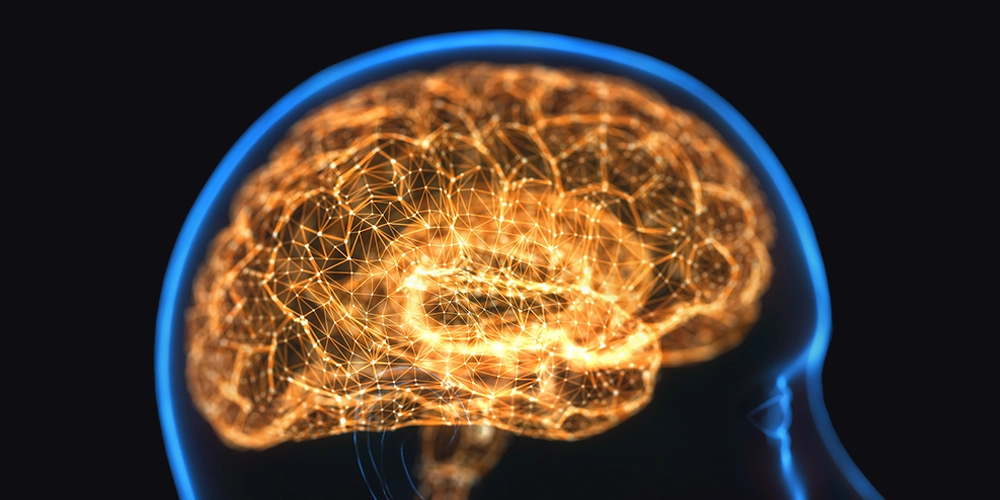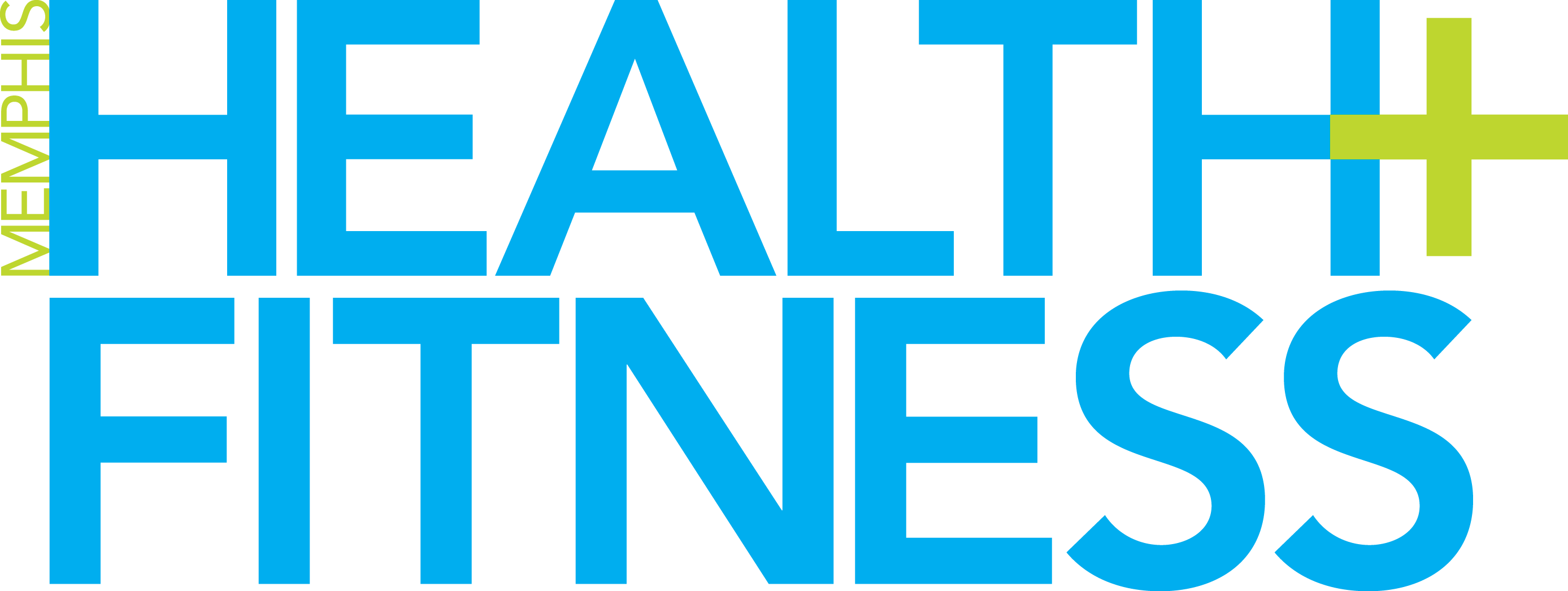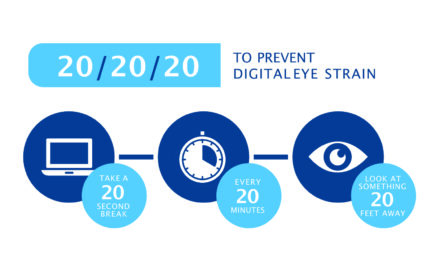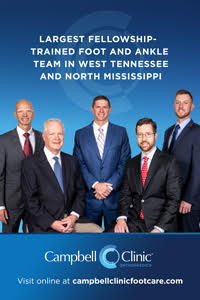Neurotherapies used at NeuroSource are evidence-based technologies used to gently and safely help the brain develop new and optimal habits. These therapies include Neurostimulation and Neurofeedback.
What is Neurostimulation?
It is a safe, non-invasive way of giving the brain different types of information so it can function more effectively. A clinician decides which stimulation to use based on an analysis of a Quantitative EEG brain map. This may include electrical, random noise, light, or vagal nerve stimulation.
This optimizes brain function in several ways. During treatment, a clinician is guided by a Quantitative EEG brain map. The “map” guides the therapist in the type of stimulation that is needed.
Neurofeedback is a way to train the brain into new habits. Neurofeedback technology reads the patient’s brainwave activity in real time and rewards the brain when it improves its functionality in the areas being trained, all according to the brain map.
A Quantitative EEG map guides neurotherapies. All therapies are based on what the brain tells us it needs through the brain map.
What mental health issues can benefit from Neurostimulation and Neurofeedback?
Common ailments that can be treated include: anxiety, ADHD, autism, brain injury, chronic pain, cognitive decline, depression, learning disorders, memory problems, migraines, mood dysregulation, stroke recovery, seizures, and trauma recovery.
Neurotherapists emphasize that you don’t have to be sick to get better. Neurotherapy can enhance Peak Performance training. More sports teams are investing in Neurotherapy, realizing this gives them a significant edge over their competitors. Executives, musicians, artists, and military special forces also use Neurotherapies to improve performance, resilience, and creativity.
What can Neurotherapies do for the aging brain?
Alongside lifestyle changes like those recommended by Dale Bredesen, author of The End of Alzheimer’s, Neurotherapy can help optimize brainwave habits and slow the brain’s aging process. The amount of improvement depends upon several factors. What is the person’s overall health like? How much head injury has there been? How much chemical exposure? How much blood sugar consumption? How much trauma? Each individual has a unique combination of factors to consider. A significant factor is how much work each individual is willing to do to optimize their lifestyle choices.
These well-researched but not well-known neurotherapies demonstrate that just as exercise can strengthen muscles, neurotherapies can improve and strengthen the brain.
Lee Ann Foster, MS, LMT, CST-1 is one of nearly 5,000 providers worldwide who offer Frequency Specific Microcurrent. For more information or a complimentary phone consultation, call 901.624.0100, or visit Neurosource.net.
Can Neurotherapies Help the Aging Brain?







